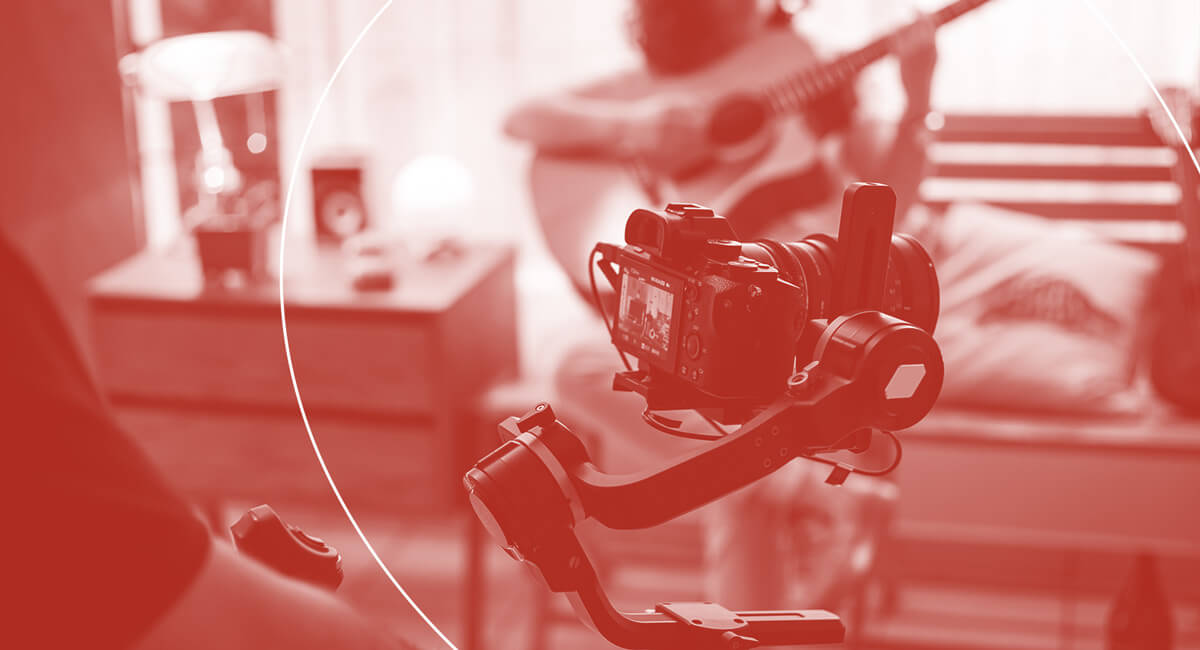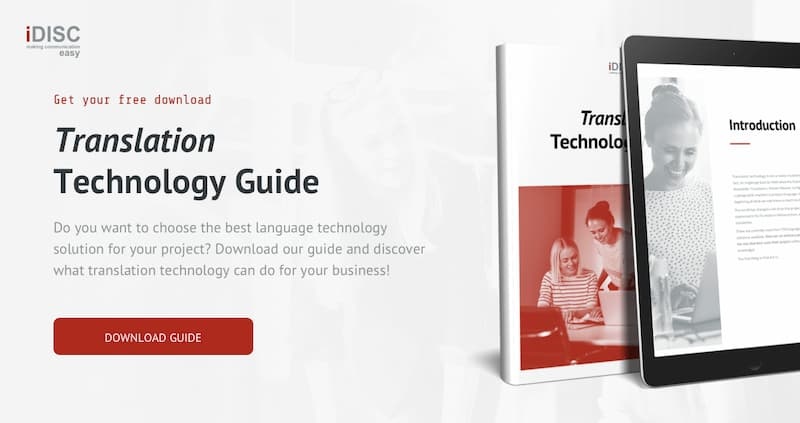You are an AV professional in a marketing or sales department and have been assigned an important task: to ensure that your company’s content is translated into several languages. Suddenly, all these questions come to your mind: What should be translated? Should the whole text be translated or just parts of it? Will a professional translator have sufficient knowledge of the AV industry? What if, for a translator, a “color bump” is a game app and “ISE” stands for Irish Stock Exchange?
Fear not. Here are some key points to guide this assignment towards success.
Learn the 5 keys to translation in the AV sector
There are several options such as transcreation, translation and localization of content. Do you know which one to choose? As you can see, there are many questions that arise when it comes to tackling translation in the audiovisual sector, but as with everything in life, you can learn the main factors to take into account to achieve your goals.
1. Translation or localization? No! Transcreation?
When you google “professional translation”, you find different concepts: translation, localization or transcreation. It is easy to feel lost. However, the answer is simple. It depends. You can use any of them depending on the content to translate:
- If you need to translate instruction manuals for your line arrays, for example, translation is enough. The target (translated text) needs to reflect all the information from the source (original text to translate).
- Your website should definitely be localized, i.e., local nuances and cultural references of the market you are trying to reach should be taken into account. It should feel local in that market.
- If you have a slogan or an ad based on a play on words, with catchy references, then you have to transcreate! You need to grasp the message, but also adapt the content or even rewrite it completely so it works in the target language. Creativity is essential in this case, and that is what transcreation is about.
If you have a large volume to translate—and not a large budget—, it is advisable to prioritize marketing content over technical content. You have to start by making your brand visible in the market you want to reach. Then, you can translate the support material for your latest products and progressively handle the rest.
2. Finding the right translation team
It is essential to work with professional translators, but that alone is not enough. They have to be familiar with the main players (companies, associations, etc.), the main events (ISE, InfoComm, etc.) and the main media (AV Magazine, etc.).
How can you make sure you have found the right team? By testing them! And not just with a plain translation, but also challenge them with writing or transcreation exercises to check any skill you consider important. That’s how the top IT companies in the world test their translators. Supervise it! Have your team review their first few projects, and then share the feedback. Assessment is crucial! The more feedback you send your translation team, the better the translations will be: the more they will reflect the style and brand values.
3. The importance of a good source
When addressing translation in the AV industry, it is common to have non-natives (and non-linguists) writing PRs or other content in English. The result is not always the best source text, and this makes the translator’s life more difficult. Sometimes, the only way to understand what is meant by a sentence is to go back to the client and ask for clarification.
Try to have your source material reviewed. Especially if you know that it will have to be translated. If not all of it, at least the high-visibility content. If you think that it is already hard to have a good translation done from a good source; then imagine how hard can it be from a bad one. Specifically, for transcreation the source language must have an understandable and well-explained message and meaning, otherwise the work of adapting or recreating it in the other language will be impossible.
4. Which is the best format? Plain text? Excel? XML? Are PDF files allowed?
The answer is simple. Any format! When you work with an LSP (Languages Service Provider is the name translation agencies use these days), formats are not an issue. There are translation tools that allow us to export the text from almost any format, translate it and then import it back. Yes, PDF files are accepted, although they are not the most recommended format. They require an extraction task before the translation, and will probably have an extra charge. So you should always send the editable version of a file to translate if you have it.
Even if you have a very specific file format (a subtitling .srt file, for example), just ask your translation partner if they can handle that format before wasting your precious time copying the content into an Excel file. Yes, this has happened before.
5. Communication is the mantra
Communication is the most important aspect for a successful experience when it comes to service providers. Translation is no exception. You are the expert on your brand and your products, so you have to share this information with your translation partner. And your trusted professional is the expert in his or her field of translation, so he or she can advise and guide you through every part of the process.
Work with agencies that can provide you with global account management, and not just translation or review management; this can help you understand what works best in any situation. Just like the kind of advice you expect from a marketing agency, for example. A good account manager can make your life much easier.
Translation is not negotiable if you want to reach foreign markets, but it can be painful if not managed correctly. By taking these few points into account, your experience will run smoothly and the results will certainly stand out.
If you would like further information, advice or to work with a top-quality translation agency, please get in touch with us. Here at iDISC we offer a multifunctional team backed by over 30 years of experience.



.jpg?width=370&height=200&name=idisc-empresa-de-traduccion-profesional%20(1).jpg)
